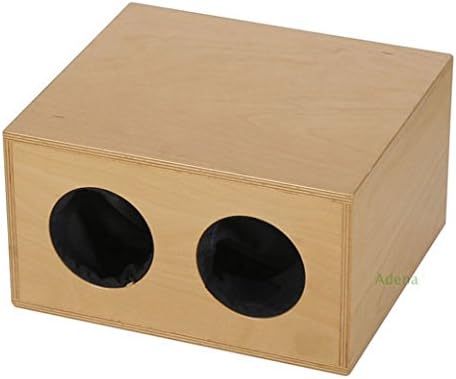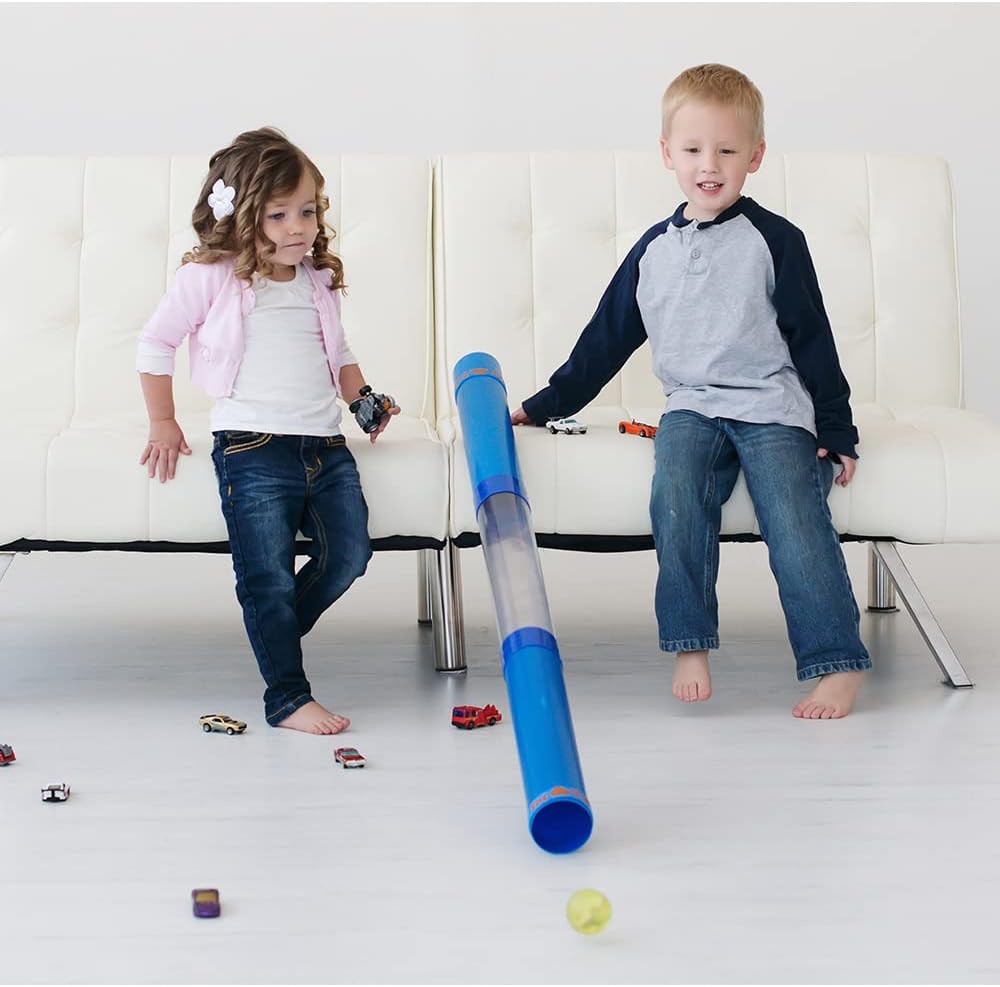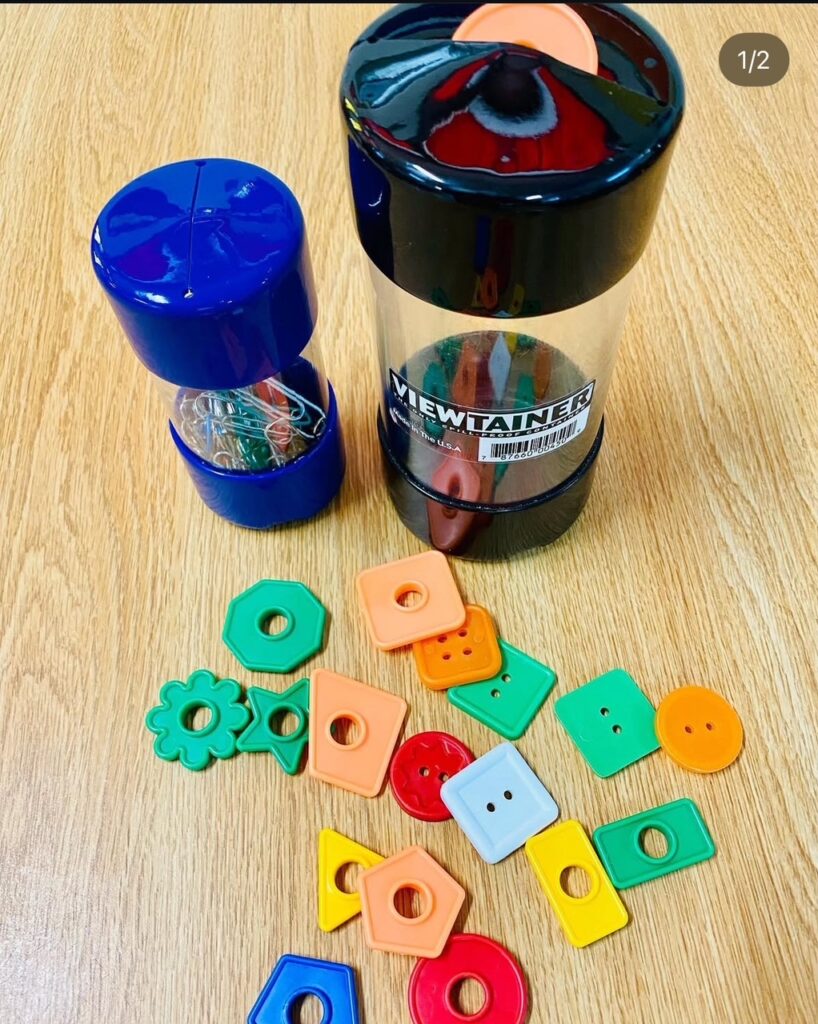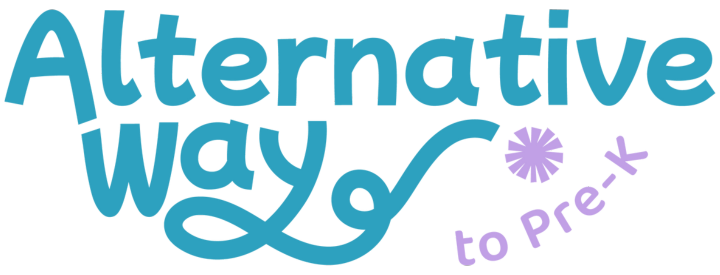Put-in tasks are exactly what they sound like—completing the action of putting something into something else. While this concept may seem simple, it is incredibly powerful for early childhood and special education classrooms. Put-in tasks allow students to engage in a wide range of developmental skills, making them an ideal activity for hands-on learning and data collection.
Why Use Put-In Tasks?
Put-in tasks support multiple areas of development, including:
Fine Motor Skills
- Strengthening hand-eye coordination and dexterity by grasping and placing objects
- Developing pincer grasp and hand strength needed for writing and other tasks
Communication & AAC (Augmentative and Alternative Communication)
- Encouraging interaction with a play partner
- Describing actions (e.g., “I put in the bear!”)
- Identifying and labeling objects
Literacy Development
- Connecting objects to thematic units (e.g., placing farm animals in a barn during a farm unit)
- Associating objects with corresponding vocabulary words
Math Concepts
- Counting the number of objects placed in a container
- Exploring quantitative concepts such as more/less and full/empty
Sequencing & Following Directions
- Learning to follow multi-step directions (e.g., “First put in the blue block, then the red block.”)
- Understanding order and categorization
Pre-Academic & Behavioral Skills
Put-in tasks are particularly beneficial for students in the early stages of learning, including those engaging in errorless learning. These activities help students develop:
- Task completion skills
- Perseverance through structured activities
- Engagement with learning materials
- Ability to remain in the area of instruction
What Can You Use for Put-In Tasks?
You can use virtually anything for put-in tasks! Some great materials include:
- Small manipulatives like counting bears, mini erasers, pom-poms, or buttons
- Pieces from thematic matching boards to align with a unit of study
- For example, if students have just completed a farm animal matching activity, I might ask them to put all the farm animals into a container. To add a layer of complexity, I may provide specific instructions like, “Put in only the cows and pigs.”
Where Can Students Put Items?
You don’t need anything fancy—any container will work! Some simple and effective options include:
- Baskets
- Shoe boxes with a cut-out slot
- Bowls, buckets, or bins




You can also get creative and make the container match your theme! Here are some fun ideas:
- Back to School – Use a backpack
- Halloween – Use a jack-o’-lantern bucket
- Holiday Season – Use a box wrapped like a present
Themed containers add an extra layer of engagement and excitement, making learning even more fun!
Over the years, I have built up a stockpile of put-in containers that have been classroom-tested and effective. If you’re looking for recommendations, I’ve linked my favorites HERE!
